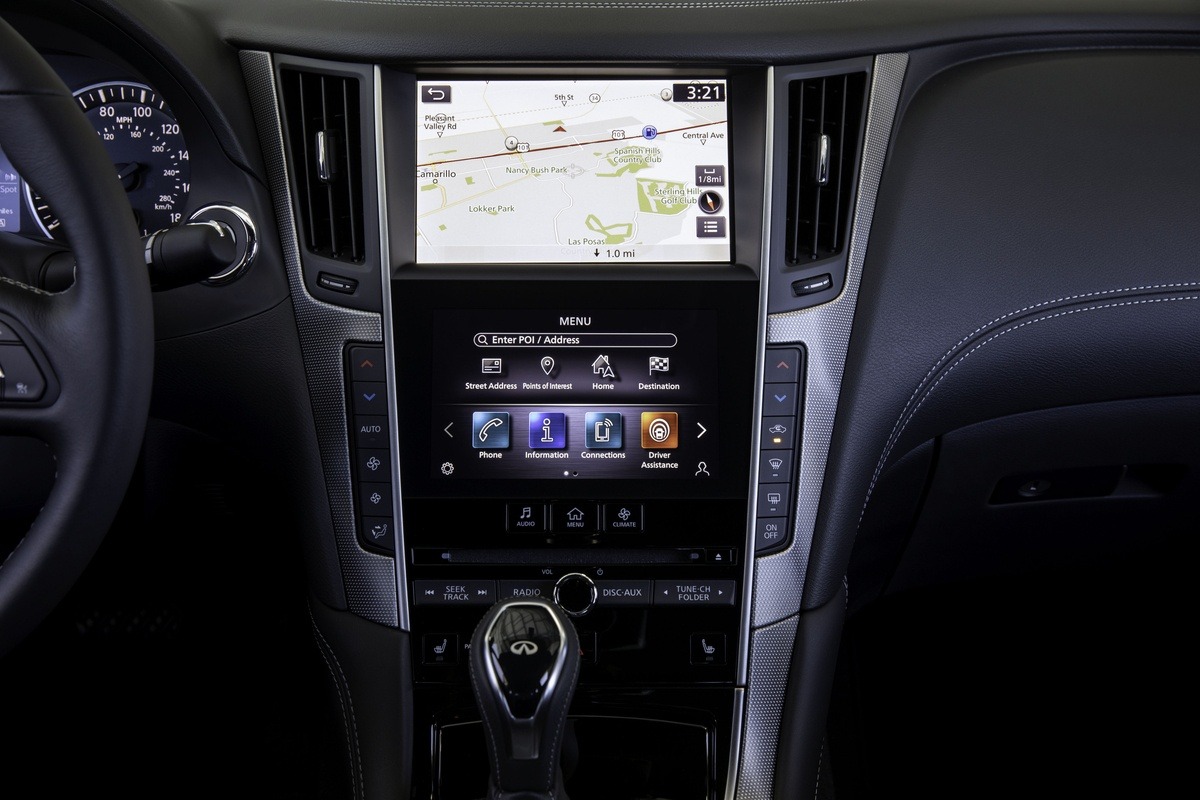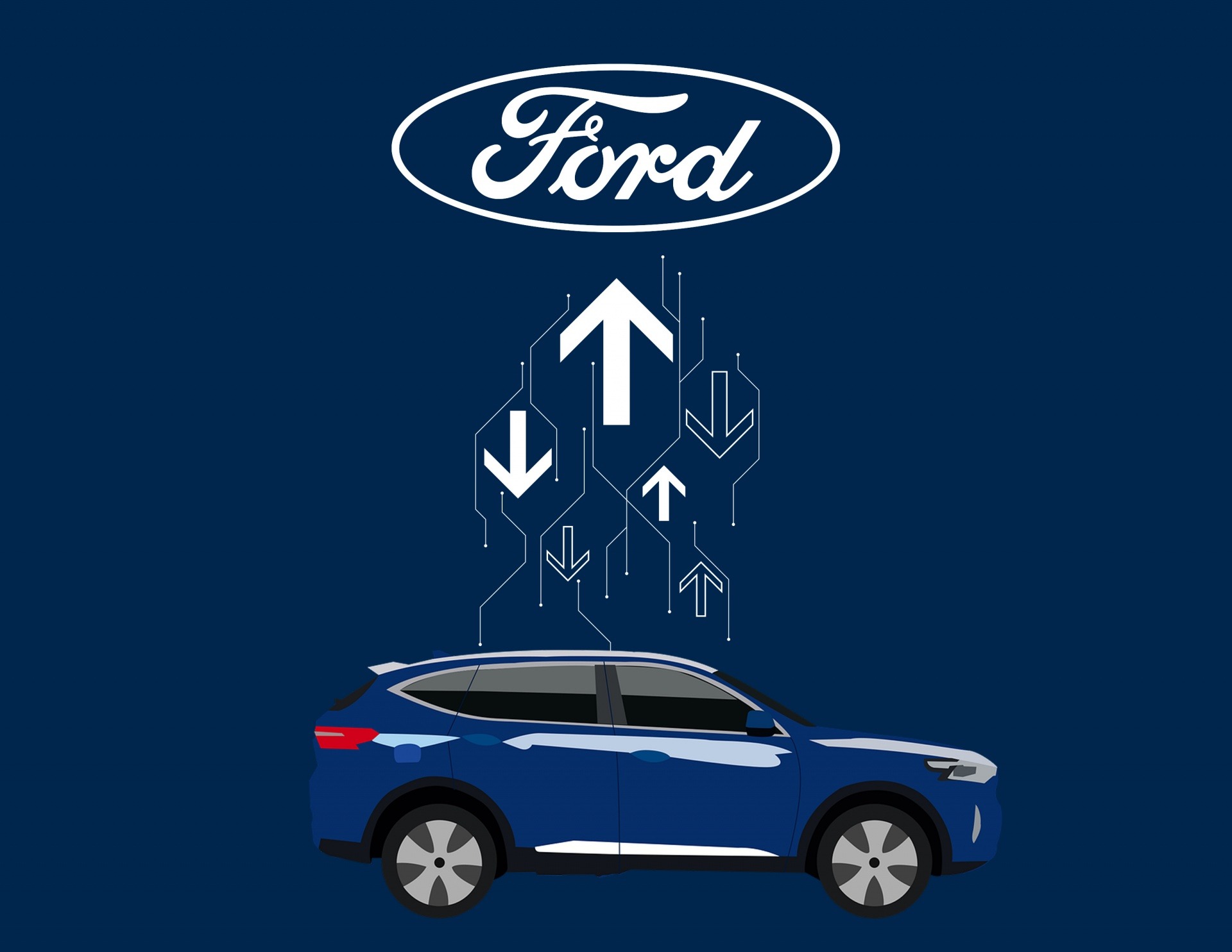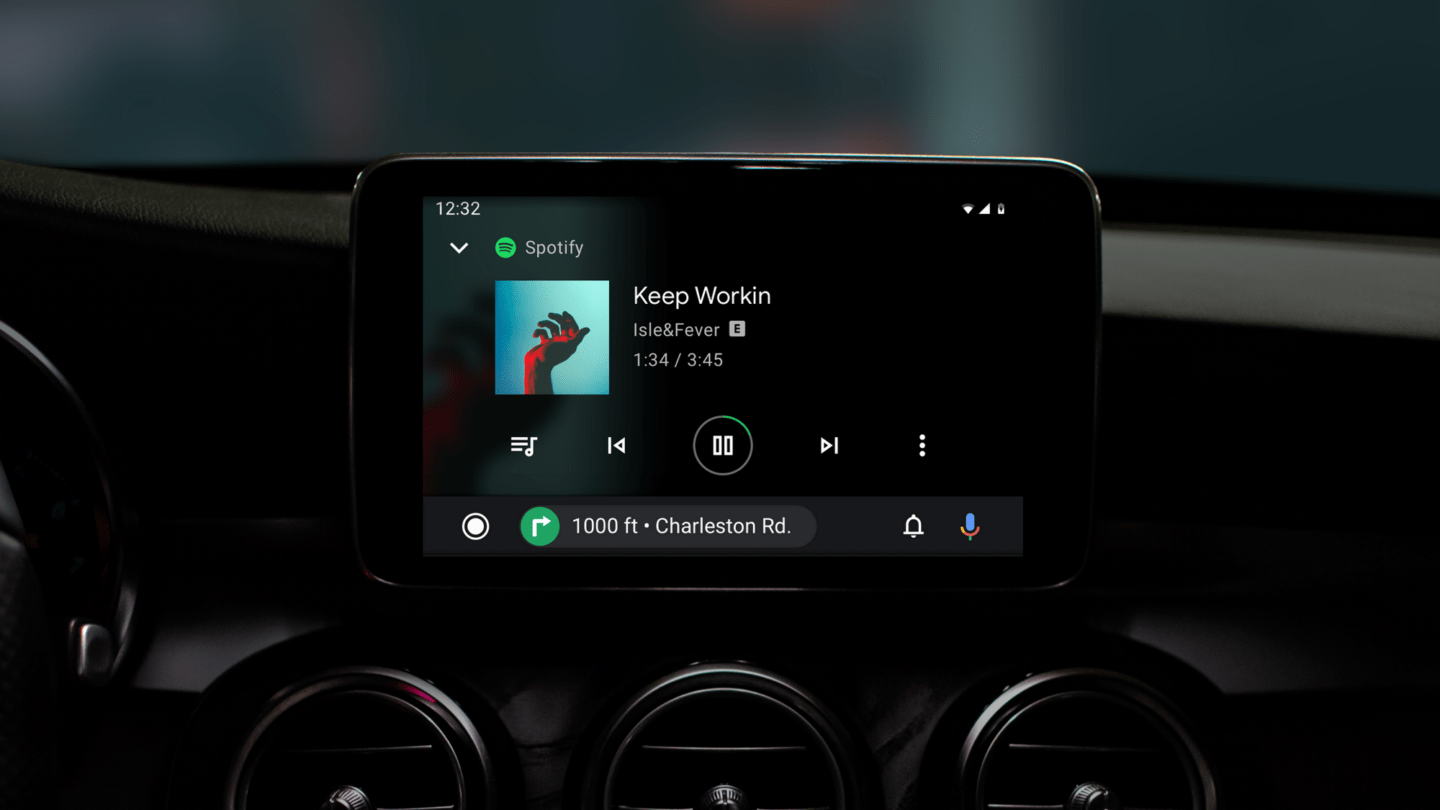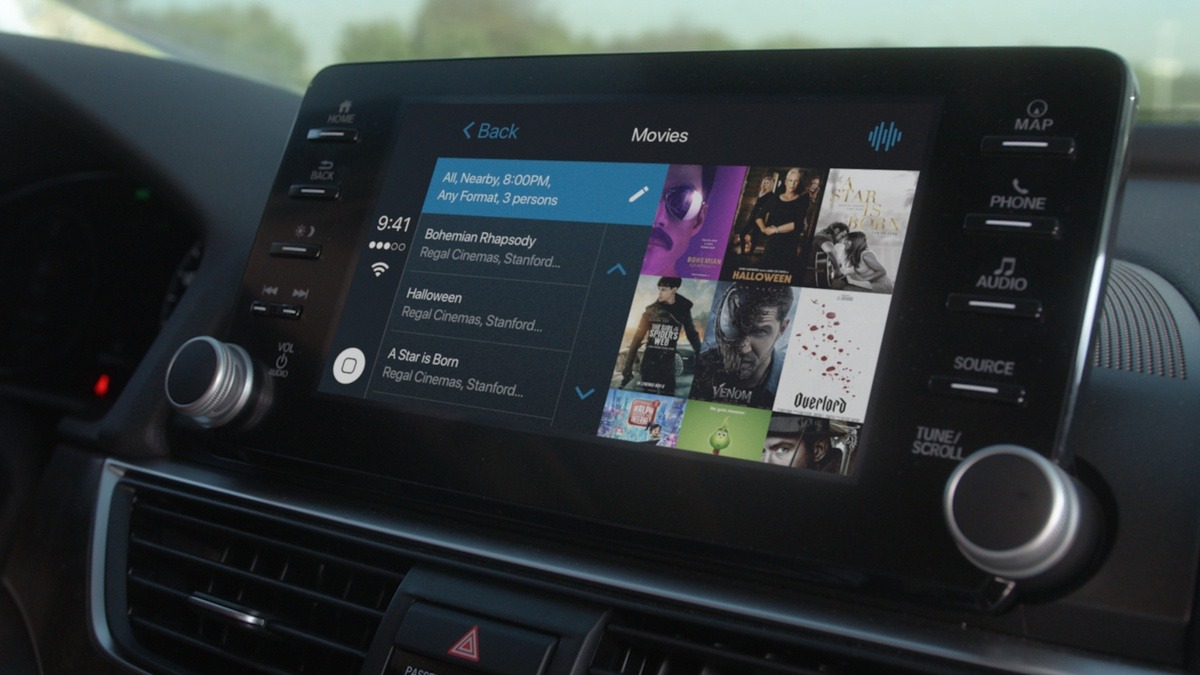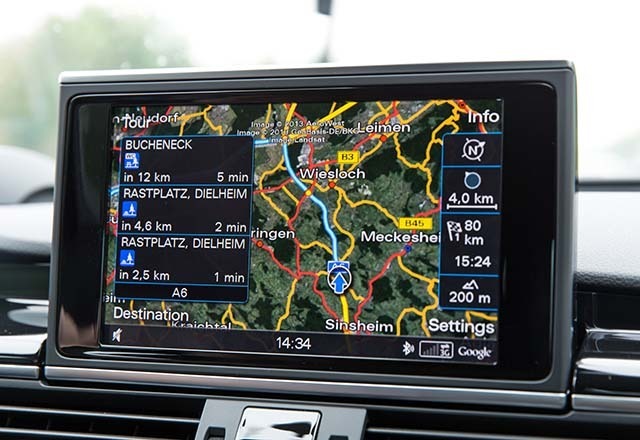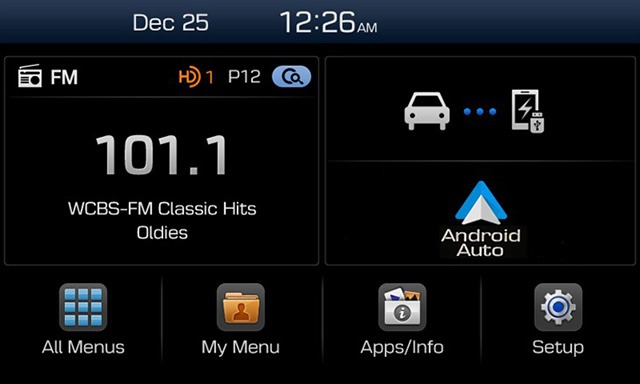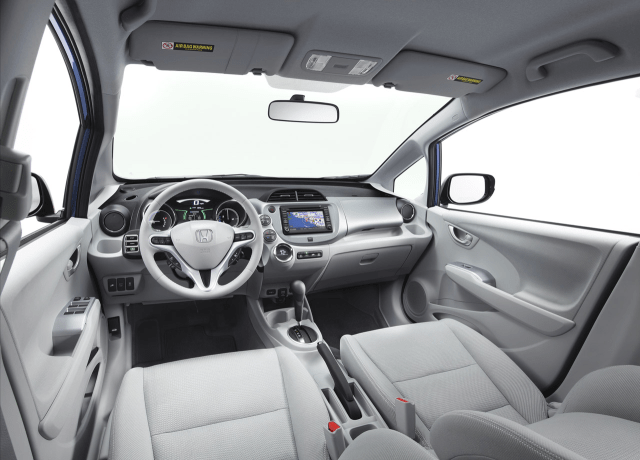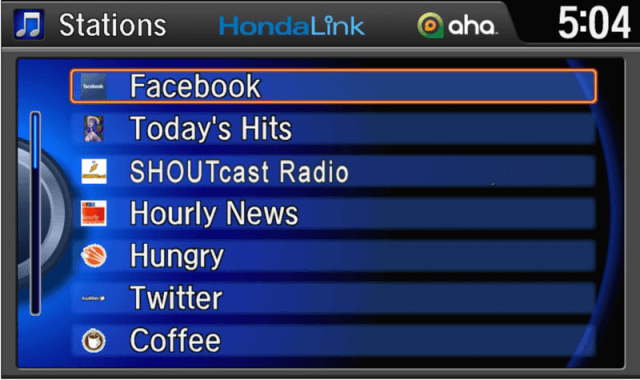Search the Community
Showing results for tags 'infotainment'.
-
Infiniti will be releasing the next generation of their infotainment system, InTouch, for the 2020 model year. Most of their lineup, except the QX60, get the updated system. The biggest news is that the new system will now support Apple CarPlay and Android Auto standard. The system can get over t...
- 29 replies
-
- infinit
- infotainment
- (and 4 more)
-

Infiniti Updates Infotainment Systems for 2020 Model Year
Drew Dowdell posted an article in Infiniti
Infiniti will be releasing the next generation of their infotainment system, InTouch, for the 2020 model year. Most of their lineup, except the QX60, get the updated system. The biggest news is that the new system will now support Apple CarPlay and Android Auto standard. The system can get over t...- 29 comments
-
- infinit
- infotainment
- (and 4 more)
-
Starting in 2020, Ford will be launching Sync 4 in most updated and redesigned vehicles. One of the key features of the new infotainment operating system is the ability to get updates over the air via a cellular network. The over-the-air update ability makes updating the system as easy as a cell ph...
-
- 1
-

-
- ford
- infotainment
-
(and 2 more)
Tagged with:
-
Starting in 2020, Ford will be launching Sync 4 in most updated and redesigned vehicles. One of the key features of the new infotainment operating system is the ability to get updates over the air via a cellular network. The over-the-air update ability makes updating the system as easy as a cell ph...
-
- ford
- infotainment
-
(and 2 more)
Tagged with:
-
If you're the owner of an Android phone and an Android Auto enabled vehicle, this summer there will be a big upgrade coming to the interface of both. The new design will allow you to do more with fewer taps, while also showing more information on the screen at a time. As soon as you start your...
-
-
At the Consumer Electronics Show in Las Vegas NV, Honda is demonstrating a prototype of their new Honda Dream Drive infotainment system. The new system integrates both driver and passenger infotainment. For the driver, Honda Dream Drive offers an expansion of Honda's existing in-vehicle payment...
- 8 replies
-
- dream drive
- honda
-
(and 1 more)
Tagged with:
-

CES 2019: Honda introduces Honda Dream Drive Infotainment System
Drew Dowdell posted an article in C.E.S.
- 8 comments
-
- dream drive
- honda
-
(and 1 more)
Tagged with:
-
The past few years in the automotive industry has seen an explosion in technologies - whether its dealing improving the overall safety of a vehicle or figuring out a way to hook up your smartphone. Some of the tech makes the driving experience better, while others don't. So what do consumers think...
- 2 comments
-
- Controls
- Infotainment
-
(and 4 more)
Tagged with:
-
The past few years in the automotive industry has seen an explosion in technologies - whether its dealing improving the overall safety of a vehicle or figuring out a way to hook up your smartphone. Some of the tech makes the driving experience better, while others don't. So what do consumers think...
- 2 replies
-
- Controls
- Infotainment
-
(and 4 more)
Tagged with:
-

General Motors' Next Infotainment System To Be Based On Android
William Maley posted an article in General Motors
General Motors is turning to Android to power its next-generation infotainment system. According to Automotive News, Harman International CEO Dinesh Paliwal made the announcement during a conference call discussing quarterly earnings. “As you would expect, this next-generation infotainment solution...- 13 comments
-
- Android
- Android Auto
-
(and 4 more)
Tagged with:
-
General Motors is turning to Android to power its next-generation infotainment system. According to Automotive News, Harman International CEO Dinesh Paliwal made the announcement during a conference call discussing quarterly earnings. “As you would expect, this next-generation infotainment solution...
- 13 replies
-
- Android
- Android Auto
-
(and 4 more)
Tagged with:
-
William Maley Staff Writer - CheersandGears.com July 2, 2012 While most automakers like Ford, Toyota, and General Motors have been putting a larger focus on infotainment systems, Honda has been playing it safe. Compared to the current crop of infotainment systems, Honda's system shows its age. T...
-
- 3 comments
-
- 2013 Accord
- Honda
-
(and 2 more)
Tagged with:
-
William Maley Staff Writer - CheersandGears.com July 20, 2012 Honda has revealed their new HondaLink infotainment system which will be appearing in the 2013 Accord and Fit EV. As we reported last month, HondaLink will use will feature Aha Radio, a cloud-based digital content service that uses da...
- 3 replies
-
- 2013 Accord
- Honda
-
(and 2 more)
Tagged with:


